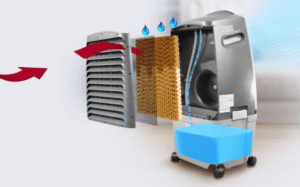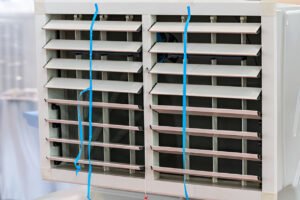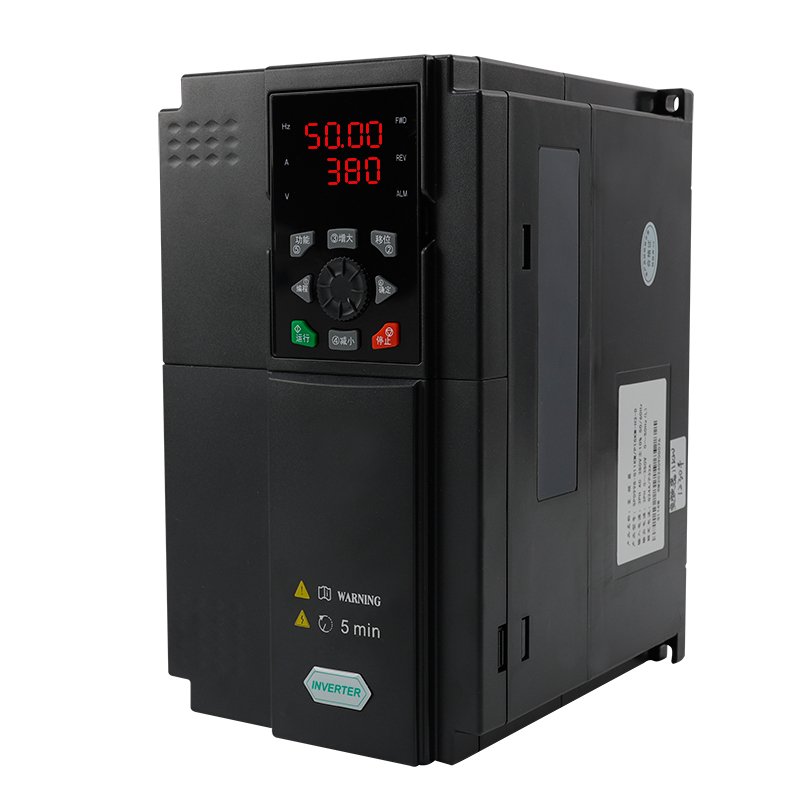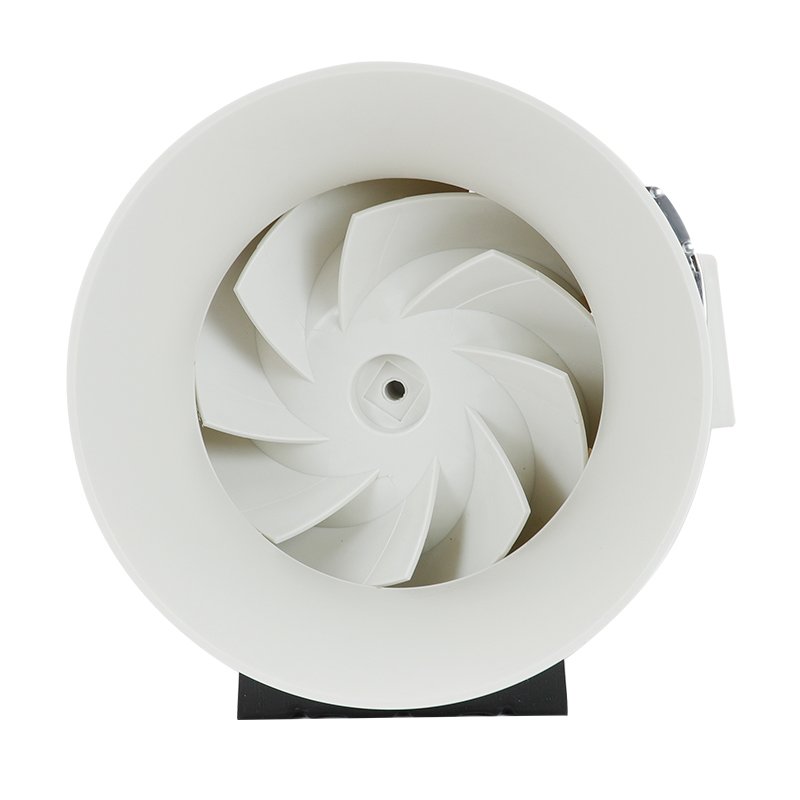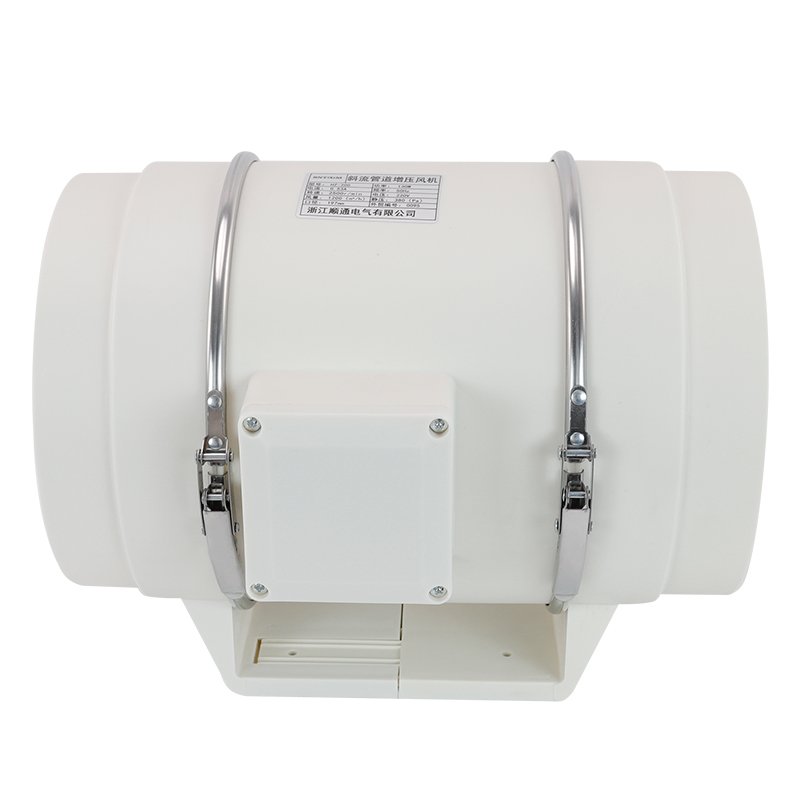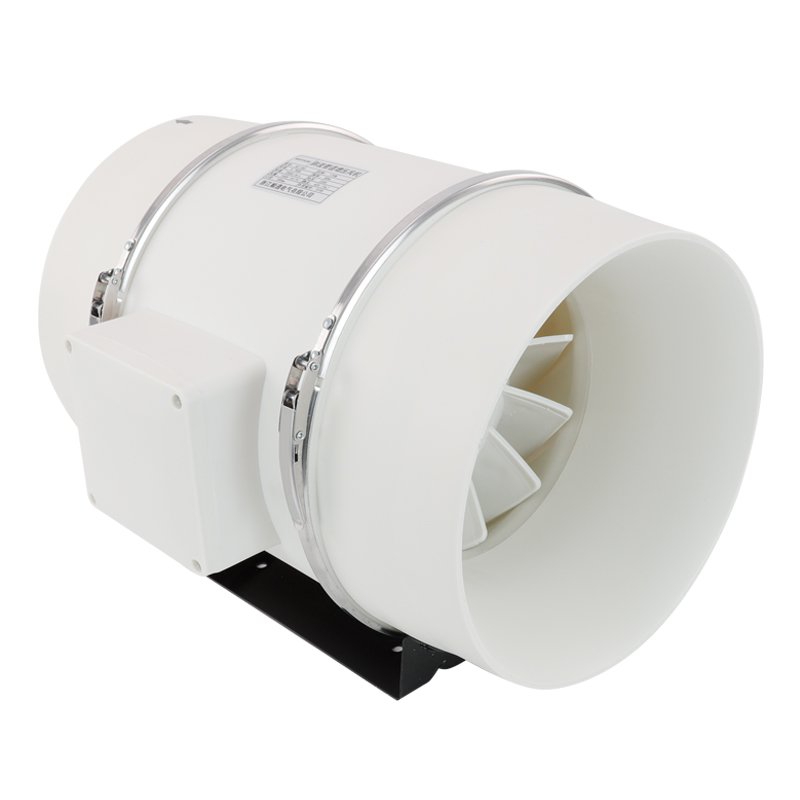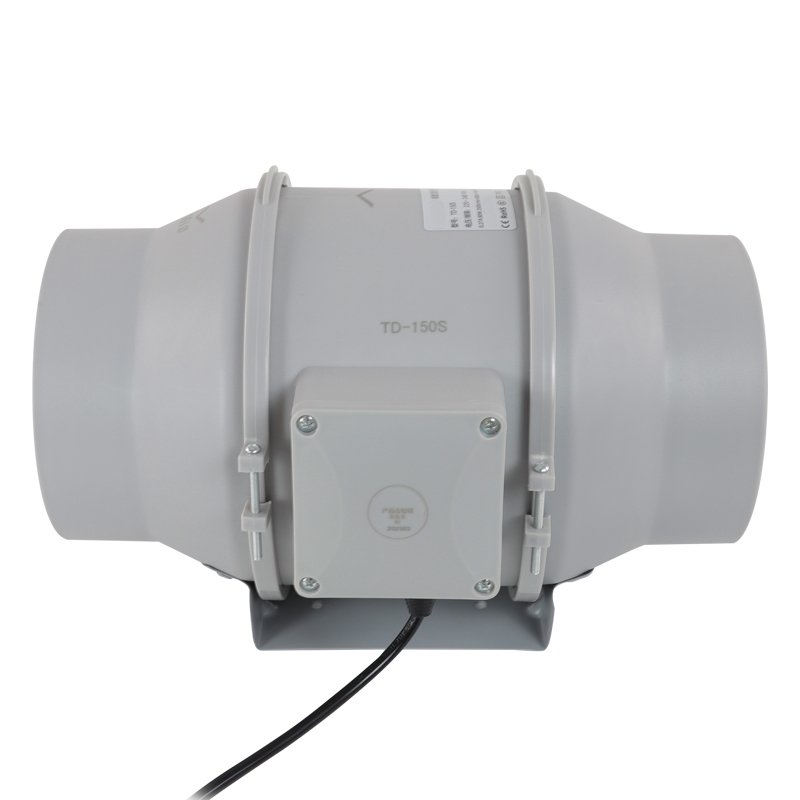Industrial fans are essential components in various manufacturing, processing, and ventilation applications. Understanding their power consumption is crucial for optimizing energy efficiency and selecting the appropriate fan for each use case.
This blog post explores the typical power consumption range of industrial fans, provides a formula for calculating power consumption, and discusses key factors that influence fan energy usage, such as size, motor efficiency, airflow requirements, static pressure, and operating speed.

Typical Power Consumption Range for Industrial Fans
| Fan Diameter (inches) | Airflow (CFM) | Motor Power (HP) | Power Consumption (kW) |
|---|---|---|---|
| 12 | 1,000-3,000 | 0.25-1 | 0.2-0.75 |
| 24 | 3,000-8,000 | 1-3 | 0.75-2.2 |
| 36 | 8,000-20,000 | 3-10 | 2.2-7.5 |
| 48 | 20,000-40,000 | 10-25 | 7.5-18.6 |
| 60 | 40,000-80,000 | 25-50 | 18.6-37.3 |
Calculating Power Consumption
The power consumption of an industrial fan can be calculated using the following formula:
Power (kW) = (Airflow (CFM) × Pressure (in. w.g.)) / (6356 × Fan Efficiency)
Where:
- Power is the electrical power consumed by the fan motor in kilowatts (kW)
- Airflow is the volumetric flow rate of air moved by the fan in cubic feet per minute (CFM)
- Pressure is the static pressure the fan must overcome, measured in inches of water gauge (in. w.g.)
- 6356 is a constant for unit conversion
- Fan Efficiency is the overall efficiency of the fan, typically ranging from 0.5 to 0.8 (50-80%)
For example, consider an industrial fan with an airflow of 25,000 CFM, a static pressure of 2 in. w.g., and an efficiency of 0.7:
Power (kW) = (25,000 CFM × 2 in. w.g.) / (6356 × 0.7) = 11.2 kW
In this case, the industrial fan would consume approximately 11.2 kilowatts of electrical power during operation.
Factors Affecting Industrial Fan Power Consumption
Fan Size and Diameter
Larger fans with greater diameters typically require more power to operate. The fan blade size directly affects the amount of air the fan can move, with larger fans moving higher volumes of air but consuming more energy.
Motor Efficiency
The efficiency of the motor powering the fan significantly influences its energy usage. High-efficiency motors, such as those with IE3 or IE4 ratings, consume less power while providing the same output as less efficient motors. Selecting a motor with a high efficiency rating can substantially reduce an industrial fan’s operating costs.
Airflow Requirements
The volume of air that needs to be moved, measured in cubic feet per minute (CFM), affects the fan’s power draw. Higher airflow demands necessitate more power. Accurately determining the required airflow for the application helps avoid oversizing the fan and wasting energy.
Static Pressure
Static pressure, which is the resistance to airflow in the system, directly impacts the fan’s power consumption. Higher static pressures require the fan to work harder to move air, increasing energy usage. Minimizing static pressure through proper system design, such as reducing ductwork turns and using appropriately sized components, can improve efficiency.
Operating Speed (RPM)
The speed at which the fan operates, measured in revolutions per minute (RPM), has a significant effect on power consumption. Running a fan at higher speeds requires more power. In many cases, using a larger fan at a lower RPM can provide the same airflow as a smaller fan at a higher RPM while consuming less energy. Employing variable speed drives can further optimize fan speed based on real-time demands.

